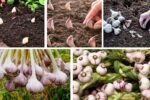One of the most rewarding experiences for any gardener — whether you’re a seasoned green thumb or a beginner — is learning to propagate plants successfully. Plant propagation is the process of creating new plants from existing ones, and it’s a budget-friendly, sustainable, and deeply satisfying way to expand your garden or indoor plant collection.
From leafy houseplants to flowering shrubs and garden favorites, propagating plants allows you to multiply your favorites, share them with friends, and even rescue declining plants. But to do it well, you’ll need to understand the right techniques, timing, and care tips. In this guide, we’ll cover 10 essential tips to propagate plants successfully — and help you turn a single plant into many.

1. Understand Different Propagation Methods
Before you start, it’s important to know that not all plants propagate the same way. There are several common propagation methods:
- Stem cuttings: Taking a piece of stem from the parent plant and encouraging it to root. Popular for pothos, coleus, and roses.
- Leaf cuttings: Using a single leaf to grow a new plant, often with succulents and African violets.
- Division: Splitting an existing plant with multiple root systems into separate plants. Common for ferns, hostas, and snake plants.
- Layering: Encouraging a stem to develop roots while still attached to the parent, then cutting it off. Good for shrubs like hydrangeas.
- Seed propagation: Growing new plants from seeds — ideal for annuals, perennials, and vegetables.
Tip: Research which propagation method works best for your specific plant before you begin.
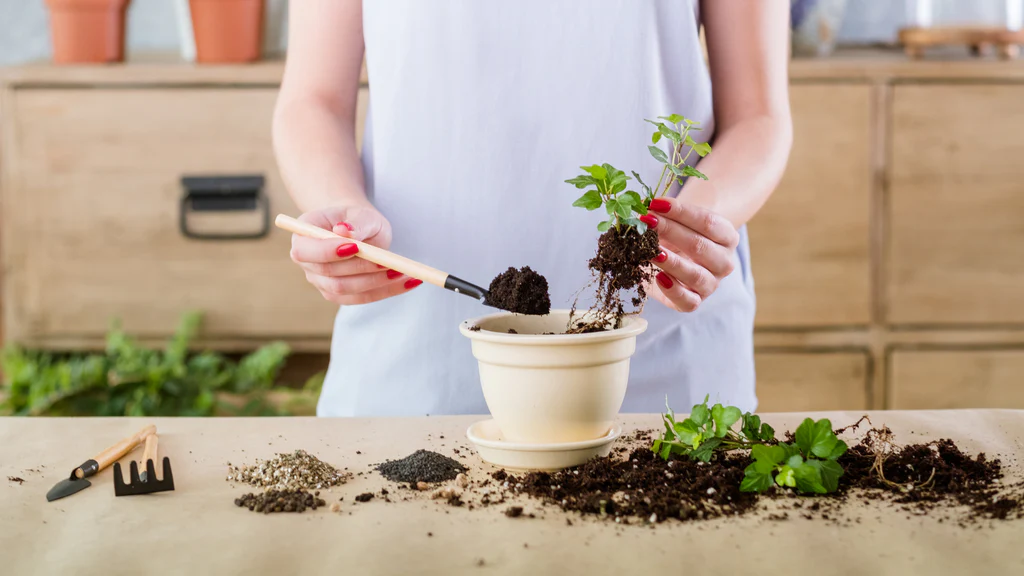
2. Choose Healthy Parent Plants
The success of your propagation efforts starts with selecting healthy, disease-free parent plants. Avoid using plants with yellowing leaves, wilting stems, pests, or signs of fungal infection.
What to look for:
- Vibrant, firm leaves
- Strong, undamaged stems
- No visible pests like aphids or spider mites
- No mold, mildew, or soft spots
Pro Tip: A thriving parent plant produces stronger, healthier cuttings or divisions that root faster and grow better.
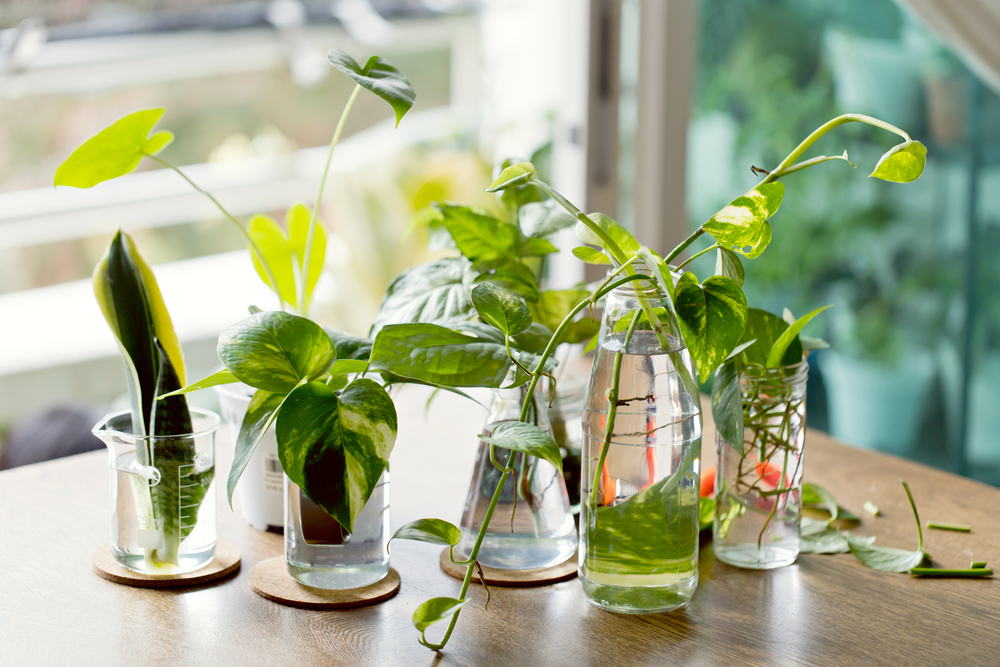
3. Use Clean, Sharp Tools
Using clean, sharp tools when taking cuttings or dividing plants is crucial to avoid damaging plant tissue and spreading diseases.
Tools you might need:
- Bypass pruners for thick stems
- Scissors for delicate leaves and soft stems
- Sharp knives for division and tougher stems
Tip: Disinfect your tools before and after use by wiping them with rubbing alcohol or a diluted bleach solution (1 part bleach to 9 parts water).
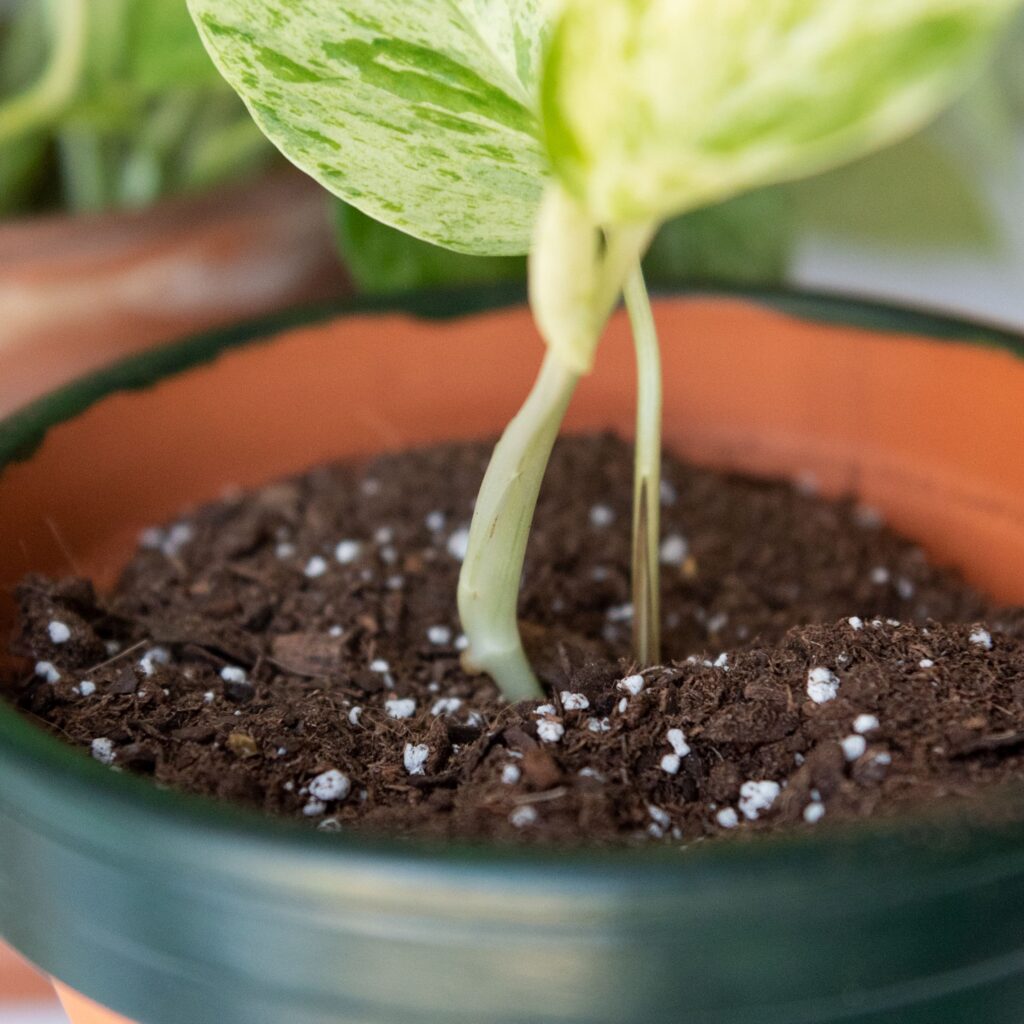
4. Time Your Propagation Wisely
Just like pruning and transplanting, the timing of propagation matters for success.
General guidelines:
- For most houseplants and tender perennials: Spring and early summer, when plants are actively growing.
- For shrubs and hardy perennials: Late spring to early fall.
- For dormant plants: Avoid propagation during winter unless growing under controlled indoor conditions.
Tip: Avoid propagating plants during extreme heat, drought, or cold spells, as plants are stressed and less likely to root successfully.

5. Use the Right Medium for Rooting
The medium you use for rooting cuttings or growing new plants can make a big difference. The goal is to provide a light, well-draining, and sterile environment that encourages root growth without rotting.
Recommended rooting mediums:
- Perlite
- Vermiculite
- Coarse sand
- A mix of peat moss and perlite
- Water (for certain houseplants like pothos or philodendron)
Pro Tip: Avoid regular garden soil for cuttings — it’s too heavy, retains too much moisture, and may contain pathogens.
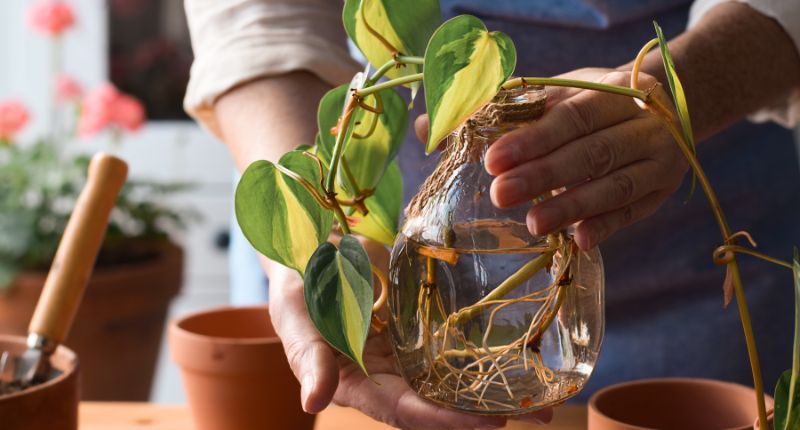
6. Use Rooting Hormone for Difficult Cuttings
Some plants root easily, while others need a little encouragement. Rooting hormone is a powder or liquid that promotes faster, stronger root development on cuttings.
How to use it:
- Dip the cut end of your cutting into the rooting hormone.
- Gently tap off excess powder.
- Plant into your rooting medium immediately.
Tip: Especially helpful for woody plants like roses, hydrangeas, or ficus.
7. Maintain Optimal Moisture and Humidity
Successful propagation depends on keeping the cuttings moist but not soggy, and in a humid environment that reduces water loss through the leaves.
Best practices:
- Mist cuttings daily with a spray bottle.
- Cover the container with a clear plastic bag, making sure it doesn’t touch the leaves (use stakes if necessary).
- Use a humidity dome or propagator if available.
Pro Tip: Remove the plastic cover daily for a few minutes to prevent mold and improve airflow.
8. Provide Gentle, Indirect Light
Cuttings and young propagated plants need light to photosynthesize but are too tender for direct sun, which can scorch leaves and dry out the rooting medium.
Ideal conditions:
- A bright windowsill with filtered sunlight
- A shaded outdoor area for garden plants
- Under a grow light set to low or medium intensity
Tip: Avoid dark corners — insufficient light can cause weak, leggy growth.
9. Be Patient and Don’t Rush the Process
Propagation takes time, and different plants root at different speeds. Some soft-stemmed houseplants may root in water within a week, while woody shrubs might take several months.
Signs of progress:
- New leaf growth
- Visible root development (if propagated in water or clear containers)
- Resistance when gently tugging the cutting (a sign roots have formed)
Pro Tip: Keep a propagation journal to track which plants root best, how long it takes, and what methods work for your collection.
10. Acclimate New Plants Gradually
Once your cuttings or divisions have developed a healthy root system, it’s tempting to move them directly to a larger pot or plant them in the garden — but it’s important to harden them off first.
How to do it:
- Gradually increase their exposure to sunlight or outdoor conditions over a week.
- Reduce misting and remove humidity covers to allow the plant to adjust to drier air.
- Water moderately, ensuring the soil stays lightly moist.
Pro Tip: Use a small pot initially so roots establish before moving to a larger container, preventing overwatering and root rot.
Final Thoughts
Plant propagation is more than just a practical way to expand your plant collection — it’s an enjoyable, therapeutic hobby that deepens your connection to the natural world. With these 10 detailed tips to propagate plants successfully, you can multiply your favorite houseplants, garden perennials, and shrubs with confidence.
From understanding propagation methods and choosing healthy parent plants to creating the right environment and practicing patience, these tips will help ensure that your propagation efforts thrive. Start experimenting with a few easy plants like pothos, jade, or spider plants, and before long, you’ll be surrounded by new growth — all created by your own hands.




